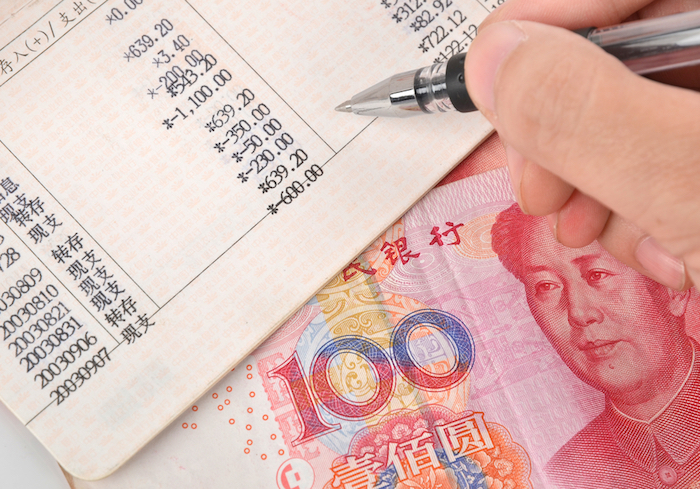
The long-awaited China International Payment System is ready for launch, sources said, according to a Reuters report yesterday (July 13).
But the system likely won’t be the full version it was originally envisioned to be. Instead, this version is said to be much more scaled back, those sources indicated.
This news, of course, has swirled the headlines for months, and a Reuters report as far back as March indicated that China was inching closer to the rollout of its international cross-border yuan payments system. It was reported then that that move could be made as soon as September or October, but no set date has been released since.
The initial vision for the China International Payment System (CIPS as it’s referred to) was to ease the process for China’s yuan transactions by increasing its ability to be used globally at a faster and cheaper rate. It was also expected to even the playing field between the yuan and the U.S. dollar, creating a more seamless payment system to make international transactions.
That might not happen now, however, as terms of the deal seem to be on the fence on the transactions aspect.
The revised version of the payments system would now only be used for cross-border yuan trade deals and won’t have capital-related transactions, the sources said. That has a significant impact on the system because it would delay billions of dollars in transactions, which would be another setback for China’s plans to rollout the system.
While the new anticipated date is expected to be less than three months away, CIPS was initially expected to launch last year, but it was delayed due to “technical problems.” In general, the system was anticipated to produce a more seamless system that’s universally understood. It is also expected to help widen the networks that can settle yuan payments, which the report indicated could lead to lower costs. This includes removing “operational inefficiencies” for companies which may be delayed because of payments taking too long to process.
“CIPS is an important infrastructure backing Shanghai as a global renminbi settlement and clearing center by 2020,” Raymond Yeung, economist at ANZ in Hong Kong, told Reuters. “A delay or downscaling may slow the progress toward this vision.”
But now, the watered down version of CIPS means that it would be a network for handling trading deals with Chinese currency.
“I think ambition stood before ability,” said an anonymous source involved in the project, according to Reuters. “It doesn’t include a lot of things, but there is pressure for delivery.”
[vc_row full_width=”” parallax=”” parallax_image=””][vc_column width=”1/1″][/vc_column][/vc_row][vc_row full_width=”” parallax=”” parallax_image=””][vc_column width=”1/1″][vc_separator color=”grey” align=”align_center” style=”” border_width=”” el_width=””][vc_single_image image=”148412″ alignment=”center” style=”vc_box_shadow_3d” border_color=”grey” img_link_large=”” img_link_target=”_blank” css_animation=”left-to-right” img_size=”full” link=”http://www.pymnts.com/whats-hot-today/”][vc_column_text css_animation=””]
To check out what else is HOT in the world of payments, click here.
[/vc_column_text][vc_separator color=”grey” align=”align_center” style=”” border_width=”” el_width=””][/vc_column][/vc_row]